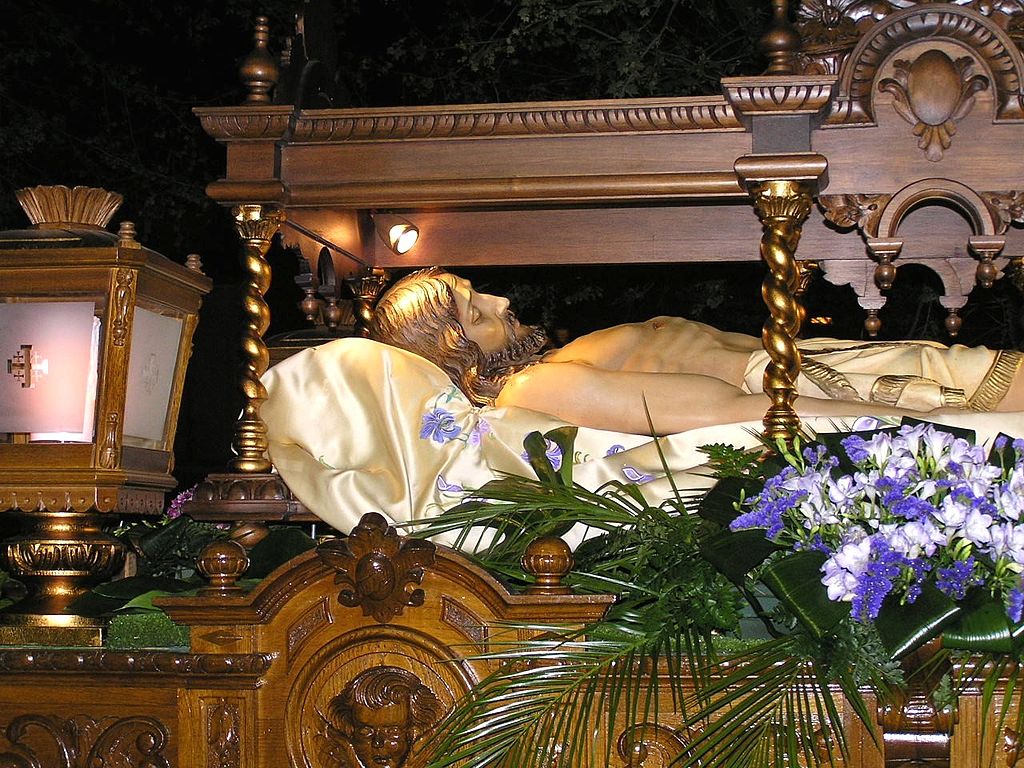Holy Week, which is the week leading up to Easter Sunday, is a significant period for Christians worldwide. In the Philippines, it is a time for reflection, penance, and spiritual renewal, and Ilonggos are no exception. Known for their religious devotion, Ilonggos have their unique traditions that they observe during the Holy Week.
One of the most significant events during Holy Week is the Visita Iglesia, where the faithful visit seven churches on Maundy Thursday to pray and reflect on the seven last words of Christ. In Iloilo, devout Catholics often visit historic churches, such as the Jaro Cathedral, Molo Church, Miagao Church, and Santa Barbara Church. This tradition has been part of Ilonggo culture for many years and remains a popular practice today.
Another tradition that Ilonggos observe during Holy Week is the Pasyon, which involves reading the life, passion, and death of Jesus Christ. Usually recited by a group of people, Pasyon is a way of reenacting Christ’s passion. Some towns in Iloilo even hold Pasyon competitions, where groups compete against each other to see who can recite it best.

On Good Friday, many Ilonggos participate in the traditional procession of the Santo Entierro, where they carry the image of the dead Christ in a procession around their town or city. This solemn procession is a way for the faithful to express their devotion and respect for Christ’s sacrifice for humanity. In some parts of Iloilo, particularly in the town of Barotac Viejo and Bala-an Bukid in Jordan Guimaras, a unique reenactment of the crucifixion of Christ called the Taltal is performed. The Taltal involves a man portraying Christ carrying a large wooden cross, while a group of men dressed as Roman soldiers whip him as he walks through the streets. It is a graphic and moving depiction of Christ’s suffering, and it attracts many spectators every year.

On Black Saturday, some Ilonggos bring their cars to churches to receive blessings. This tradition, known as “Blessing of the Wheels,” is believed to provide protection to vehicles and their passengers. Additionally, some Ilonggos observe the day by staying home and watching the Seven Last Words on television. This is a popular practice, especially for those who cannot attend the Visita Iglesia or the procession of the Santo Entierro. It is a way of commemorating the sacrifice of Christ and reflecting on His teachings during the Holy Week.
During Holy Week, many Ilonggos observe fasting and abstinence. Some Catholics eat only one full meal daily, while others abstain from meat on Good Friday, as a way of showing penance and sacrifice, which are essential aspects of the Holy Week.
Finally, on Easter Sunday, Ilonggos celebrate the resurrection of Christ. Families gather for festive lunches or dinners, and some even participate in egg-hunting activities. This is a time for joy and celebration, marking the end of Holy Week.
Ilonggos have unique traditions and practices during Holy Week. It is a time for reflection, penance, and spiritual renewal, and they observe this week with utmost devotion and respect. From Visita Iglesia to traditional Pasyon and Taltal, the Holy Week in Iloilo is a testament to the religious devotion and cultural heritage of the Ilonggos.




leave your comment